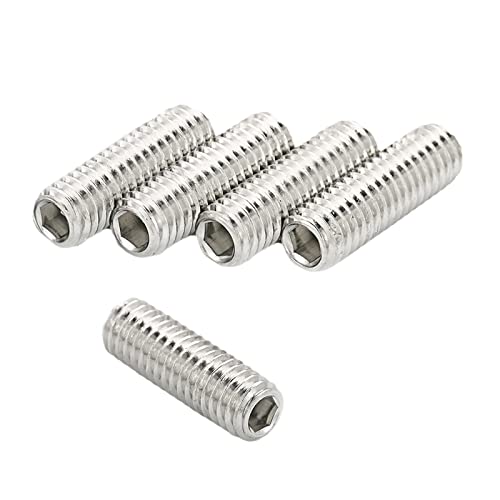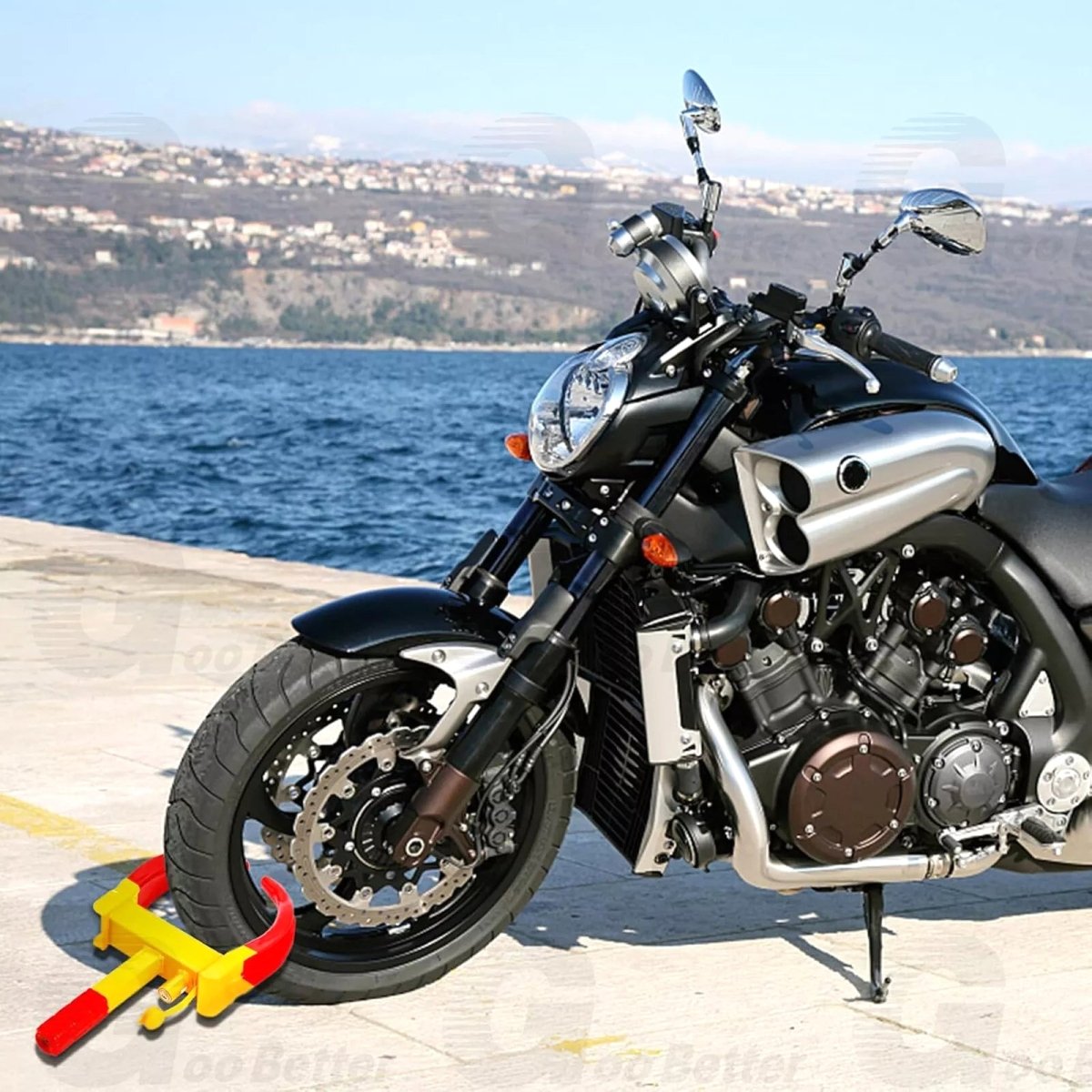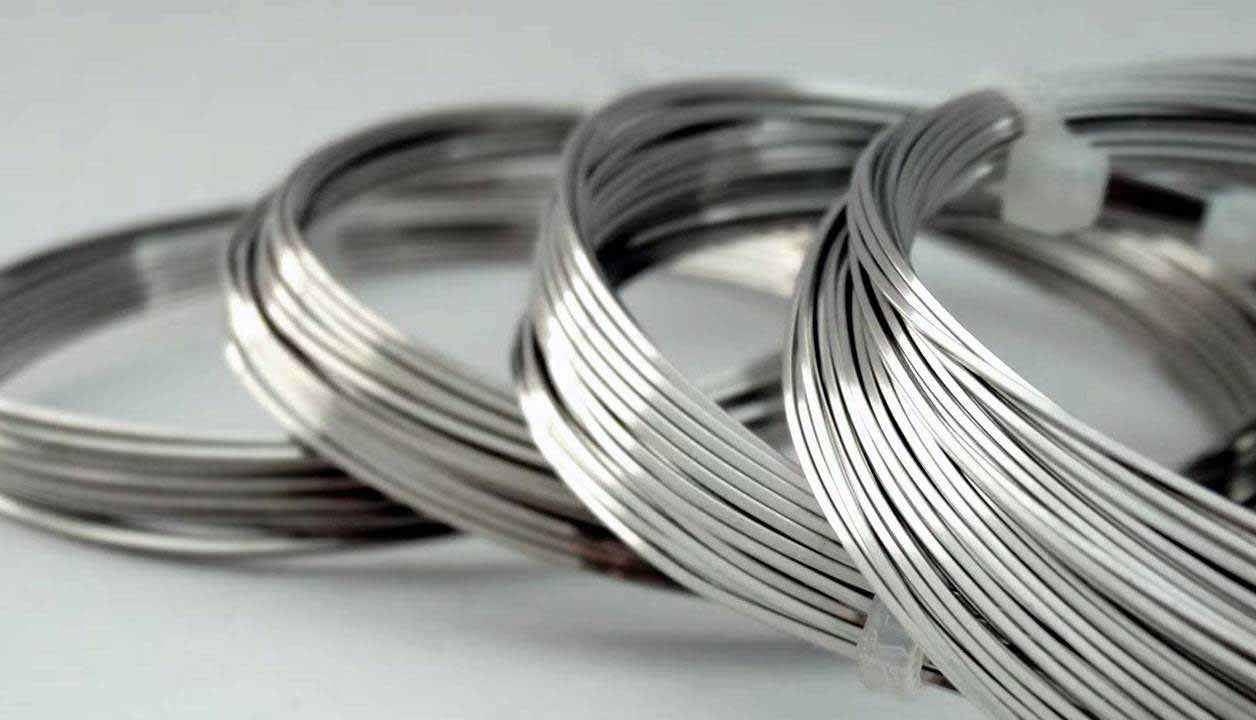A practical, approachable guide for DIYers, hobbyists, and small shop professionals — comparing Allen (socket head) screws and hexagon head screws, where each excels, and when to pick **Hexagon Socket Grub Screws** from HomeDIYer.
Product referenced: 220PCS A2 Stainless Steel Hexagon Socket Grub Screws Assortment (HomeDIYer).
Overview — What Are Allen (Socket Head) Screws and Hexagon Head Screws?
Allen screws, also called socket-head cap screws or internal hex screws, have a cylindrical head with an internal hexagonal recess that accepts an Allen (hex) key or hex bit. They are widely used when a flush or compact head is preferred, or when the aesthetic of a recessed drive is desired.
Hexagon head screws (external hex) have a six-sided head designed to be driven by a wrench, spanner, or socket. They’re common in structural applications and areas where the head must be gripped by a tool from outside, and often seen on machinery, automotive components, and construction hardware.
Hexagon Socket Grub Screws are a slightly different family: grub screws (set screws) are headless or low-profile screws with an internal hex drive that are threaded the full length and are used to press against a mating part (shaft, collar) without a protruding head. Your HomeDIYer kit example contains various sizes made of A2 stainless steel — ideal for many maintenance and repair tasks.
Design & Feature Comparison
Let’s break down typical design elements and functional differences.
| Feature | Allen (Socket Head) | Hexagon Head (External) |
|---|---|---|
| Head Profile | Cylindrical with internal hex recess (compact) | External hex, accessible for wrenches and sockets |
| Drive Type | Internal hex (Allen key) | External wrench/socket |
| Access | Needs internal access; good for recessed or tight areas | Requires wrenching clearance around the head |
| Torque Capacity | High for small spaces; limited by recess depth and tool size | Generally higher due to larger wrench contact |
| Aesthetics | Cleaner, less protruding head | Industrial look; head visible |
| Common Uses | Machinery covers, electronics, precision assemblies | Structural bolting, automotive, exterior hardware |
Practical note: internal-drive screws (like Allen) reduce the risk of rounding the head in certain scenarios, but if the recess becomes rounded, removal may require specialized extractors. External hex heads are easier to torque and easier to remove with common tools if corroded, but they require space for a wrench.
Materials & Typical Specs — Using Your HomeDIYer Hex Socket Grub Screw Kit as Example
Your product example — the 220PCS A2 Stainless Steel Hexagon Socket Grub Screws Assortment — is a great practical sample to ground this comparison. Key specs from that kit (optimized for maintenance and household projects):
| Spec | Detail |
|---|---|
| Material | 304 / A2 Stainless Steel (corrosion resistant, higher hardness than mild steel in some cases) |
| Drive | Hexagon wrench (internal) |
| Head Shape | Hexagon socket (headless / grub screw) |
| Thread sizes | M3, M4, M5, M6, M8 |
| Lengths included | 4mm, 6mm, 8mm, 10mm (varies by size) |
| Pitch | M3-0.5 / M4-0.7 / M5-0.8 / M6-1.0 / M8-1.25 |
| Quantity | 220 pieces assorted (22 pcs of many common sizes) |
These grub screws are ideal for set-screw tasks like securing knobs, collars, or handles to shafts where a protruding head would interfere with operation or look.
Strength, Torque & Tool Access — Practical Differences
When choosing between Allen and hex heads, consider torque application and tool access:
- Allen (internal hex) — torque is applied through the driver inserted into the recess. This provides good control and often fits where wrench clearance is impossible. However, the internal recess walls concentrate force in a small area; cheap Allen bits or rounded recesses can lead to stripping.
- External hex — offers broader wrench engagement around the head, allowing higher torque and easier loosening when corroded or seized. Sockets distribute force evenly and are less likely to round off the head if the correct size is used.
Below is a simple table showing relative torque and access trade-offs (approximate, general guidance):
| Characteristic | Allen (Socket Head) | Hexagon Head |
|---|---|---|
| Max Practical Torque | Medium–High (depends on size) | High |
| Tool clearance needs | Low (in-line access) | High (room for wrench) |
| Cam-out / slipping risk | Low if using good good-quality hex driver | Low with a properly sized wrench/socket |
| Ease of removal in corrosion | Medium (recess can corrode) | Higher (the socket can often break corrosion) |
Best Use Cases — Where Each Type Shines
When to choose Allen (socket-head) screws
- Compact assemblies where external space is limited (electronics, machine covers).
- Where a flush or recessed appearance is desired (furniture hardware, visible fixtures).
- Precision work where smaller heads reduce interference.
- When using torque-limited drivers or power tools that accept hex bits.
When to choose hexagon head screws
- Heavy-duty fastening requiring high torque (structural assemblies, chassis).
- Applications that must be frequently serviced with conventional tools (wrenches/sockets).
- Outdoor or exposed hardware where corrosion may impede tool access; 6-point sockets bite better on rounded heads.
- Fieldwork situations where Allen keys could be lost but socket sets are standard.
Where Hexagon Socket Grub Screws are the right pick
Grub screws (set screws) are headless and are typically used when you need to press against a mating part without a protruding head. Common uses:
- Securing knobs, pulleys, collars, and sprockets to shafts.
- Adjustable hardware where you need to set the position and then hide the fastener.
- Applications where space outside the part is limited or where a smooth exterior is desired.
Installation Tips & Common Mistakes
Whether you're using Allen or hex heads, good installation practice matters. Here are actionable tips:
Tips for Allen screws
- Use the correct size Allen key or bit — too small and you'll round the recess.
- Prefer a long-handled hex key or a T-handle for more controlled torque on small screws.
- Ball-end hex keys allow angled insertion — useful in cramped spots, but ball ends carry slightly less torque capacity than straight hex keys.
Tips for hexagon head screws
- Use 6-point sockets/wrenches wherever possible for better grip in high torque situations.
- Torque to spec — over-tightening can shear bolts or crush softer materials.
- Prevent galling on stainless steel fasteners by using anti-seize in some applications.
Common mistakes to avoid
- Using worn or cheap tools that have round drive features.
- Cross-threading fasteners by starting without alignment.
- Over-relying on threadlockers where mechanical locking is required; sometimes a set screw or secondary locking is necessary.
Comparative Tables — Quick Reference
Drive & tool comparison
| Drive Type | Tools | Best for | Common size range |
|---|---|---|---|
| Allen / Internal Hex | Hex keys, hex bits, T-handles | Tight spaces, hidden head | M1.6–M24+ |
| External Hex | Wrenches, sockets (6-pt) | High torque, serviceable | M3–M36+ |
| Hexagon Socket Grub Screw | Hex key, small T-handle | Set screw applications | M3–M12 (common) |
Strength & practical torque — general guidance
| Screw Size | Approx. Torque (Allen) | Approx. Torque (Hex) | Notes |
|---|---|---|---|
| M4 | 1.5–2.5 N·m | 2.0–3.0 N·m | Small fasteners; use care to avoid stripping. |
| M6 | 3–5 N·m | 6–9 N·m | Hex heads support higher torque easily. |
| M8 | 8–12 N·m | 18–25 N·m | Use 6-pt socket for best grip |
Note: These torque figures are approximate. Always consult grade- and material-specific torque tables for critical assemblies.
Cost, Availability & Sourcing
Generally, Allen and hex screws in standard sizes are widely available. Cost differences are minor for the same material and grade. Specialty finishes (black oxide, zinc-plating, stainless A2/A4) and material grades (grade 8.8, 10.9, 12.9, A2 stainless) affect price more than head style.
HomeDIYer’s 220PCS A2 Stainless Steel Hexagon Socket Grub Screws Assortment is a cost-effective kit for maintenance and household repairs, offering a range of sizes at a great value.
Maintenance & Long-Term Performance
To keep screws serviceable:
- Use appropriate coatings or materials for environmental exposure (stainless for moisture, zinc for general rust protection).
- Store fasteners dry and organized to avoid contamination.
- During reassembly, inspect drive features; replace screws with rounded recesses or heads.
- Apply anti-seize on stainless-to-steel assemblies to reduce galling risk.
How to Choose Between Allen and Hexagon Head — A Practical Decision Flow
Answer these questions to choose the right head type:
- Is the space around the fastener limited? → Choose Allen (internal hex).
- Will the fastener need frequent high-torque servicing? → Choose hex head.
- Is a smooth exterior or concealed head required? → Consider Allen or grub screw.
- Is weight or aesthetic critical? → Allen gives a cleaner look and a smaller head profile.
- Is corrosion likely? → Choose appropriate material (stainless) regardless of head style.
In many workshops, a mix is common: hex heads for structural and exterior fasteners, Allen for internal, precision or aesthetic applications, and grub screws for shaft or collar locking — exactly the use case for the HomeDIYer hexagon socket grub screw kit.
HomeDIYer Pick — Hexagon Socket Grub Screws
For homeowners, hobbyists, and light trade professionals, the 220PCS A2 Stainless Steel Hexagon Socket Grub Screws Assortment from HomeDIYer is a versatile kit that covers the most common needs for set-screw and small repair work. Made of A2 stainless steel, the kit provides:
- Deep, sharp threads for a secure grip
- Assorted sizes (M3–M8) and lengths (4–10mm) for flexibility
- Corrosion resistance and reliable torque response
- 220 pieces — great value for maintenance kits
View the 220PCS Hexagon Socket Grub Screws Assortment on HomeDIYer

Real Scenarios — Practical Examples
Scenario A: Fixing a wobbly door handle
Many modern door handles use grub screws (set screws) to secure the handle onto a spindle. An Allen-head grub screw or a hexagon socket grub screw is ideal — it sits hidden and prevents snagging. Using the right size and material (stainless steel for exterior doors) solves persistent loosening issues without messing up the finish.
Scenario B: Replacing a stripped bolt on a lawnmower
A mower deck bolt exposed to grass and moisture can corrode. A hex head bolt with a 6-point socket offers better leverage for removal, and replacing it with a stainless grade and appropriate head type improves serviceability next season.
Scenario C: Securing a collar on a shaft in a small lathe
Use a hexagon socket grub screw with a cup or pointed tip. It provides a precise location and a low-profile finish so the collar does not interfere with rotating parts.
FAQ — Top 5 Questions
Q1: Are Allen screws weaker than hex head bolts?
A1: Not necessarily. Strength depends more on material grade and thread size than head style. However, external hex heads typically allow higher applied torque because the tool engages around the head.
on Q2: What should I do if an Allen recess is rounded?
A2: Try using a larger-sized hex bit with good leverage or an impact driver with a socket adapter (careful). If the recess is badly rounded, a screw extractor or drilling out the fastener may be needed.
Q3: Can I use hexagon socket grub screws in place of set screws?
A3: Yes — hexagon socket grub screws are a form of set screw. Choose the appropriate tip type (flat, pointed, cup) and material for the application.
Q4: Are stainless grub screws as strong as carbon steel?
A4: Stainless (A2) generally has lower tensile strength than some heat-treated carbon/alloy grades (e.g., 10.9 or 12.9). For many household and light industrial tasks, stainless strength is sufficient, with the added benefit of corrosion resistance.
steelQ5: Which should I keep in my toolbox — hex keys or sockets?
A5: Both. Hex keys (Allen) are essential for internal drive screws, while a basic socket set covers hex head bolts. A compact kit with both types gives the best versatility for most DIY tasks.
Conclusion & Final Recommendation
In accessible, practical terms: pick the right tool for the job. For tight spaces, neat finishes, and set-screw work, Allen (socket) screws and Hexagon Socket Grub Screws are great. For high-torque, frequently-serviced, or field-serviceable connections, external hexagon head bolts are commonly the better choice. For homeowners and small shops, having a mix of both — plus a quality assortment like the HomeDIYer 220PCS Hexagon Socket Grub Screws Kit — offers the most flexibility.
HomeDIYer prides itself on practical, dependable hardware — whether you’re locking a collar to a shaft, replacing a small handle screw, or prepping maintenance kits for seasonal projects. If you want, I can also prepare a printable quick-reference chart (torque & drive sizes) tailored to your store pages.
© HomeDIYer. All content is intended for general guidance; consult specific manufacturer torque charts and safety documents for critical assemblies.








